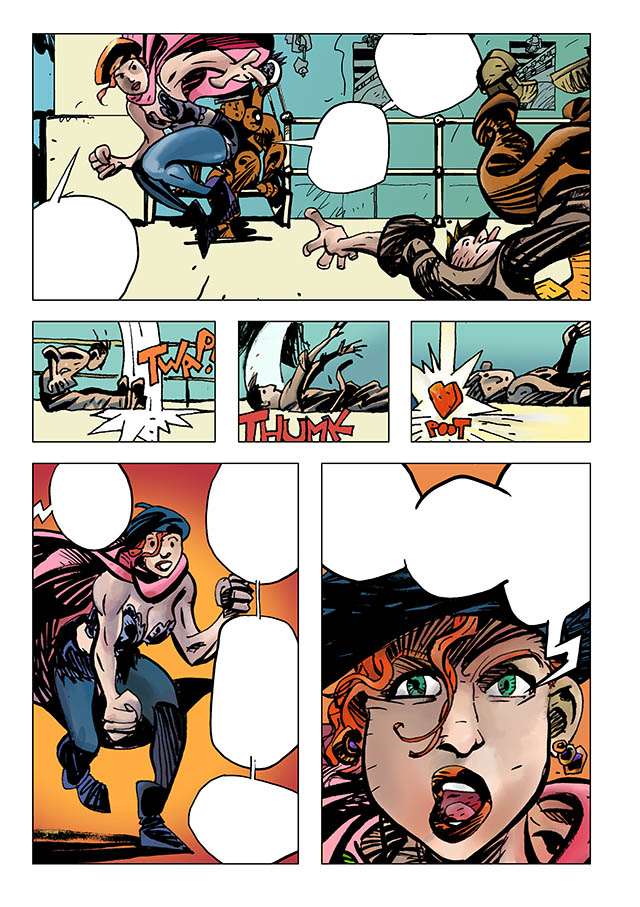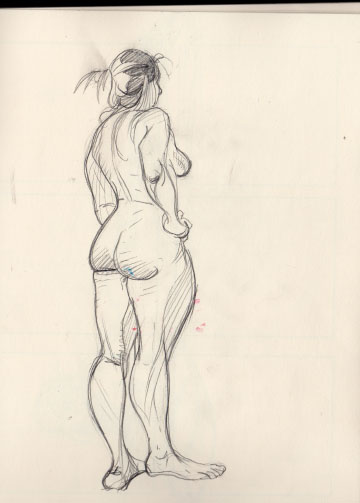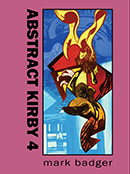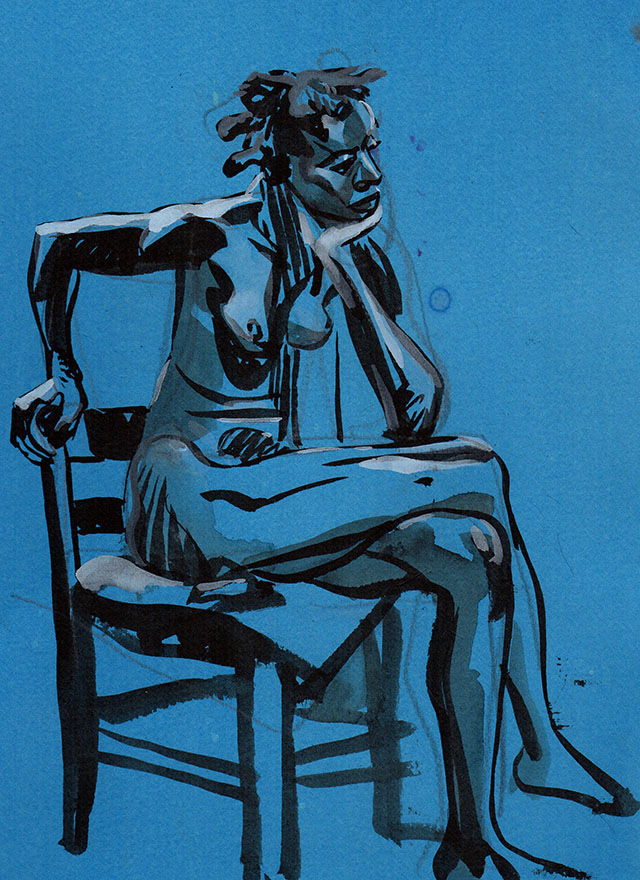
When politics gets too scary, sports too dull, art too hard, I procrastinate by studying how not to procrastinate. In Facebook, a friend’s link sent me to one more article on productivity. It was a good list, all steps that would make me a more effective landlord/cartoonist/parent type. Of course, I’m not going to do any of them, they were all too hard.
They were also “to lose weight don’t eat.”
But if you don’t eat you die. I always opt for jelly beans instead of dying. Their the kind of instructions your parent gives you to be a success, obviously right, but they don’t provide a way to make it happen.
Most writing on productivity comes down to is, “control yourself and do shit”.
Slow Productivity
It’s just controlling your self is hard. To do something different you need new skills. Learning is a slow, step by step process, building on basics to learn new skills. It only took sixteen years of education and the first five or six years of teaching to figure this out. Over the last eight years, the slow step by step process of meditation has become a foundation in my life. In meditation, you pay attention to one thing, the breath, and work on extending that attention, breath by breath. It’s a simple way to work on building control. When you get good you can apply it to cooking dinner.
Happy Productivity
You learn pretty quickly to screw up in Meditation. In paying attention to my breath I can jump from life drawing to the stupid cat to real maple syrup in seconds. So each session repeats losing control and getting it back over and over again. Letting go of my mistakes and coming back to the breath is practice on how to handle the burning desire of important news on Facebook, when I’m drawing.
A deep breath is pleasant and calming, building that calm with self-talk allows me to call my Senator one more time with equanimity. To take the calm and making it stronger is an essential skill to cleaning out the basement. Learning to apply the skills of a daily meditation to whatever I am doing is making each day just a little bit more productive.
Some Sources
The Facebook Pal was Mike Kennedy, he’s the publisher of Magnetic Press doing cool comics check him out here. The article he linked is here it’s a nice list that sent my brain off in this direction.
A big chunk of what I know about meditation and Buddhism comes from Thanissaro Bhikkhu. His writing and talks have helped make me a much happier person. It’s all here free for the downloading. His With Each & Every Breath: A Guide to Meditation is a great introduction to developing control over your life.

Teaching of course is great for learning what you want to do. I created Just Draw to lay out the lessons for myself when I get lost. It’s how to get back onto the path of making comics and not being grumpy. It’s available on
Amazon here or you can check out the preview. If you’re interested in a class in comics check this out,
* week class in comics in SF . It’s my second take on producing a comics class that integrates mindfulness with the craft of drawing comics.







